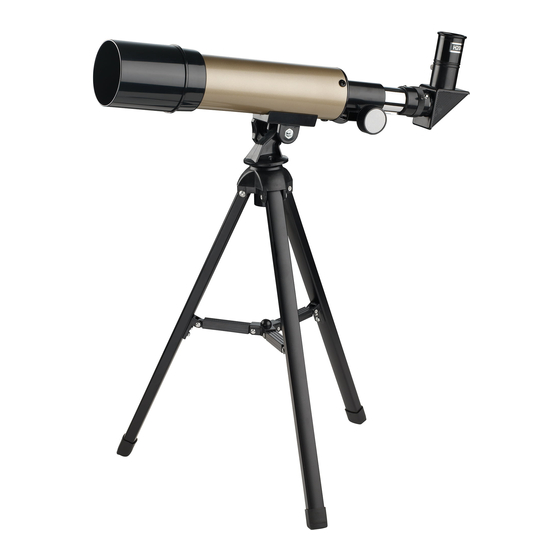
Table of Contents
Advertisement
Developed in Southern California by Educational Insights.
© Educational Insights, Inc., Gardena, CA (U.S.A.). All rights reserved. Learning
Resources Ltd., King's Lynn, Norfolk (U.K.). Please retain this information.
Made in China.
I
www.Educational
nsights.com
Fabriqué en Chine.
Informations à conserver.
Made in China.
Bitte bewahren Sie unsere
Adresse für spätere Nachfragen auf.
Hecho en China.
Conservar estos datos.
®
EI-5304
Ages 8+
Grades 3+
Advertisement
Table of Contents

Summary of Contents for GeoSafari Vega 360
- Page 1 ® EI-5304 Ages 8+ Grades 3+ Developed in Southern California by Educational Insights. © Educational Insights, Inc., Gardena, CA (U.S.A.). All rights reserved. Learning Resources Ltd., King’s Lynn, Norfolk (U.K.). Please retain this information. Made in China. www.Educational nsights.com Fabriqué en Chine. Informations à...
-
Page 2: Table Of Contents
Table of Contents Introduction ................ Getting Started ..............Let’s Look at Your Vega 360 ..........Assembly Diagram .............. Assembling Your Telescope ..........Using Your Telescope ............Choosing an Eyepiece for Viewing ........ Using Your Telescope for Terrestrial Viewing ....CAUTION: Tips for Telescope Use ............ -
Page 3: Introduction
Introduction Let’s Look at Your Vega 360 Your Vega 360 is a refractor telescope. Refractors were the first Familiarize yourself with the parts of your telescope and their purpose. types of telescopes invented. A refractor telescope collects light through a large objective lens and directs it through the telescope to the eyepiece for magnification. -
Page 4: Assembly Diagram
Assembly Diagram Assembling Your Telescope Use the diagram on page 4 and the directions below to assemble your telescope. 1. Gently pull the aluminum tripod legs (J) apart as far as they will go. Press down on the center of the tripod supports until they lock flat into place in a horizontal position. -
Page 5: Using Your Telescope
5. Find the azimuth lock knob (I) and tighten it, if necessary, by turning Using Your Telescope it clockwise. The knob, when fully tightened, will lock your 1. For best results, take your telescope outside. Do not aim it through a telescope’s horizontal movement. -
Page 6: Choosing An Eyepiece For Viewing
Tips for Telescope Use Exploring the night sky with a telescope is exciting—and challenging! Your Vega 360 comes with two different eyepieces—a 20mm eyepiece Learning to use a telescope takes practice and patience. Here are some and a 9mm eyepiece. The eyepieces offer you a range of viewing tips to better viewing: powers or magnifications. -
Page 7: Frequently Asked Questions
Frequently Asked Questions Observing the Night Sky Your telescope can bring you the moon and stars—and some planets, too. 1. Why is the image in my telescope eyepiece upside down and/or backwards? Planets If you have inserted your eyepiece directly into the telescope’s The planets are our solar system companions. -
Page 8: The Moon
The Moon The silvery moon is the best subject to view with your telescope. As Earth’s nearest neighbor, it’s about a quarter million miles (402,000 km) away. That may sound like a long distance, but it’s close enough that your telescope will reveal a fascinating lunar landscape of craters, plains, and mountain peaks. -
Page 9: Learn More About Astronomy
Caring for Your Telescope across the optical surface. Take good care of your Vega 360 and it will provide you with many The optics of your telescope should last a long time before they generally hours of viewing excitement.



Need help?
Do you have a question about the Vega 360 and is the answer not in the manual?
Questions and answers